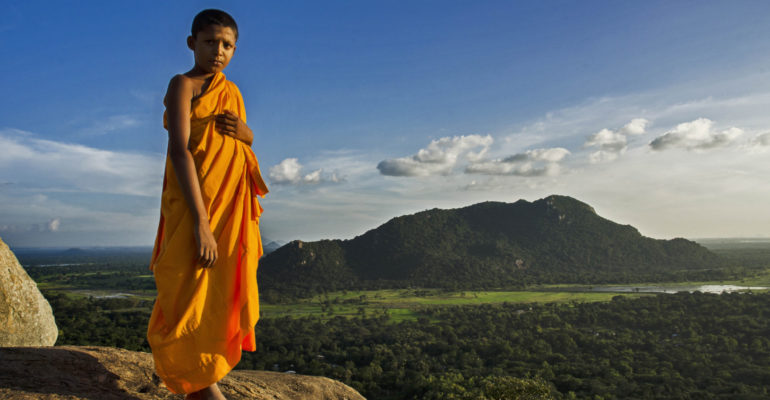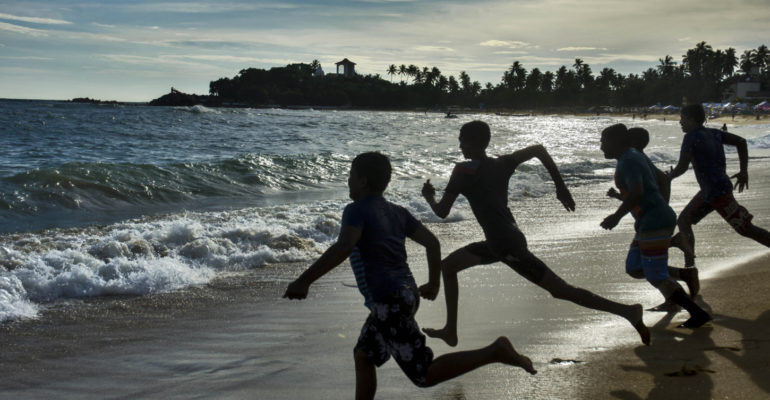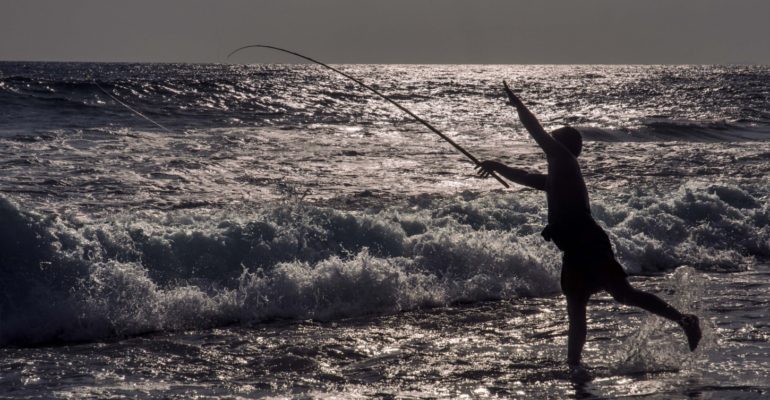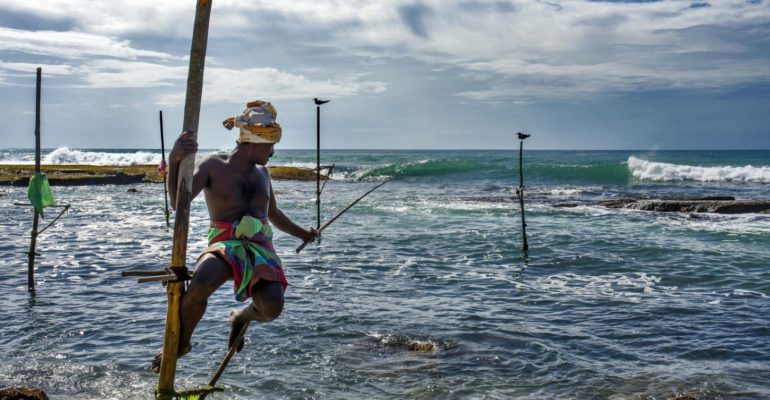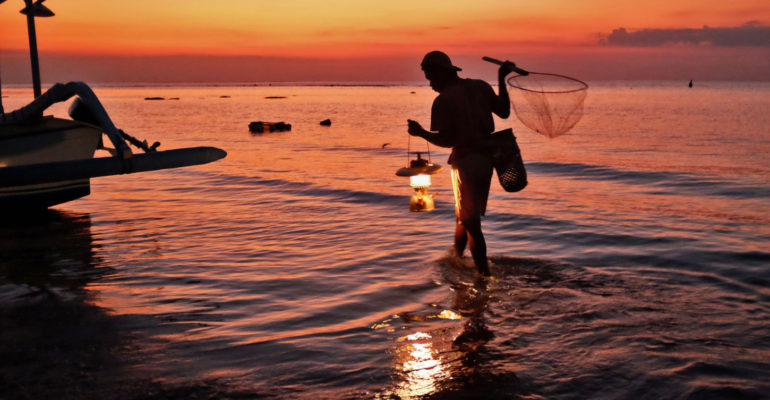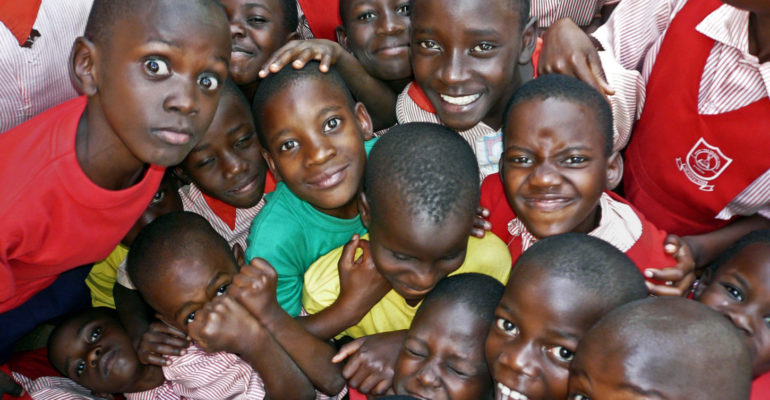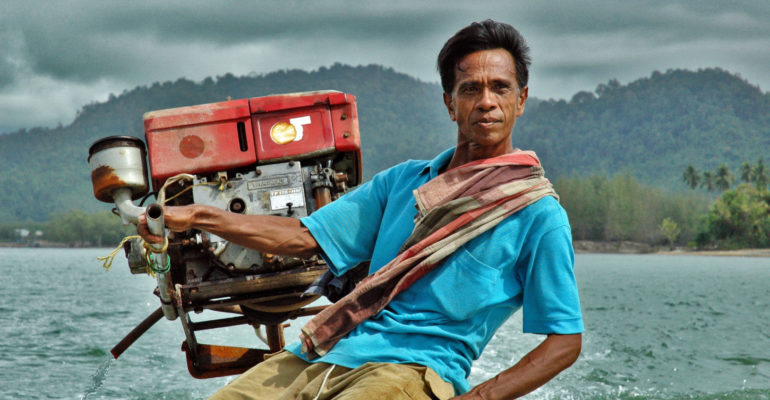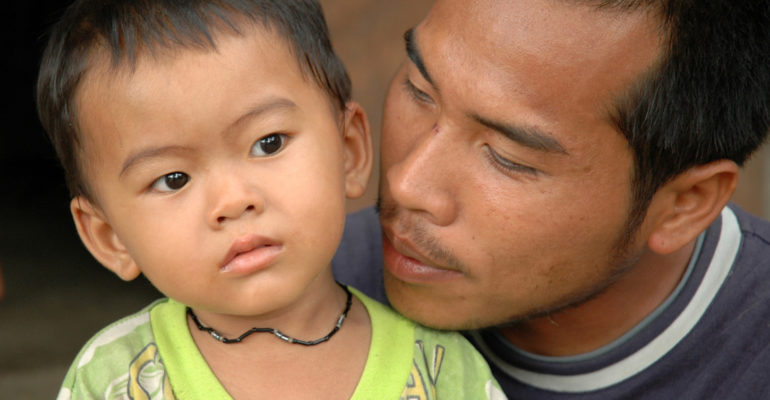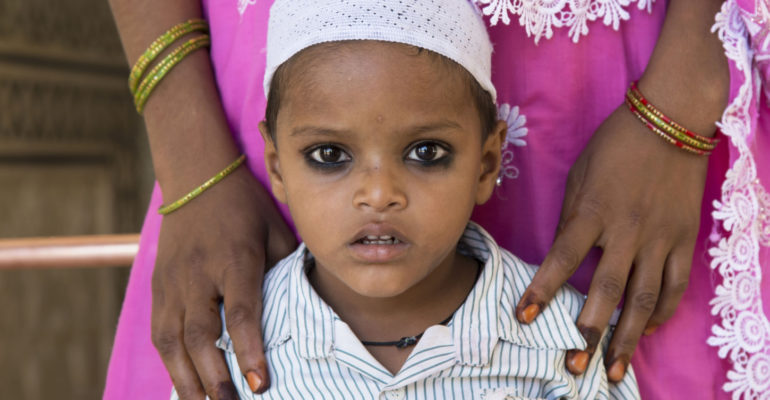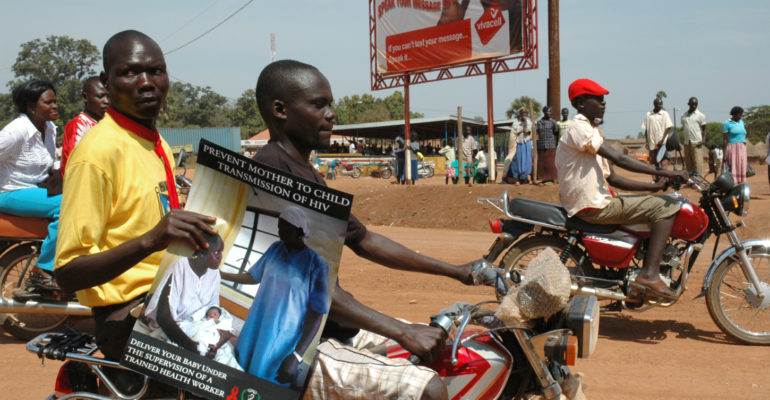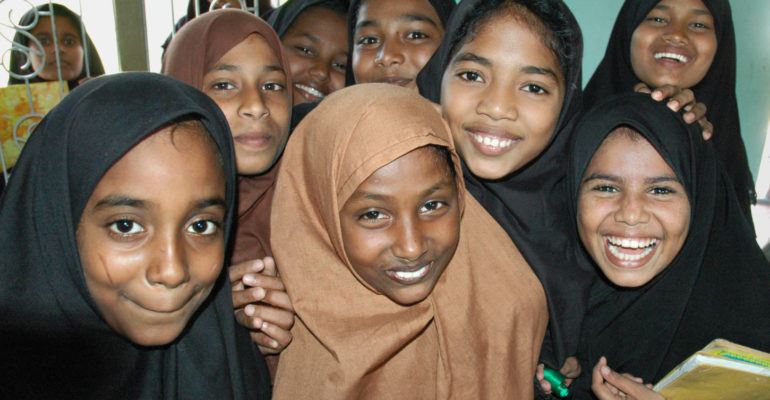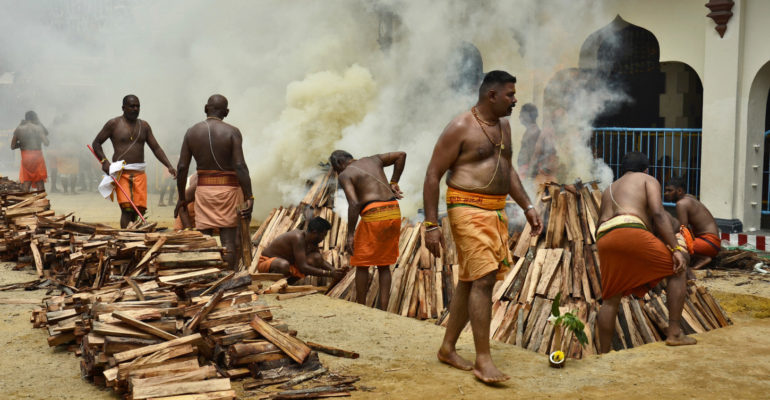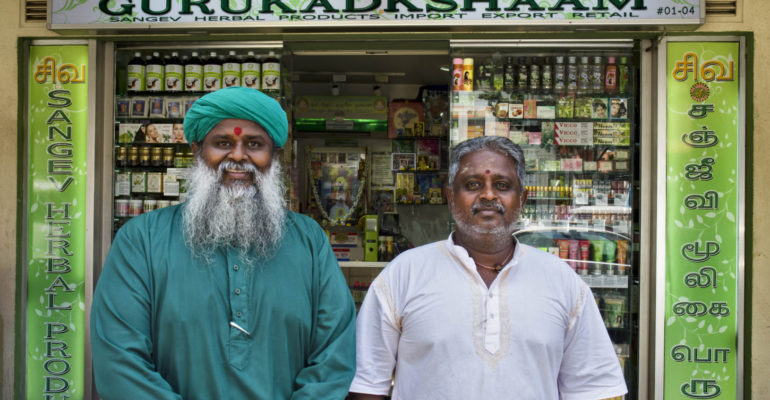AN AMERICAN IN SINGAPORE. THE FASCINATING WORLD OF TRAVELS, HUMANITY AND PHOTOGRAPHY
![]()
![]()

Thomas Hommeyer is a photographer and traveler from the USA who presently lives and works in Singapore. He came from a family of finance and bankers and chose another direction for his vocation. Today, viewing his photographs, I think it was a blessing; the photography world is richer with his outstanding images. But his life story is more than photography. Everything started with music. He began playing professionally with a blues/rock band at age 19 and later attended university to study Film & Television Production.
After graduating, Hommeyer worked at a television station, followed by a position as a videographer/editor at a video production company. Through this job he traveled frequently to Europe and Scandinavia, as well as parts of Mexico and South America. That was beginning of his unusual life adventures. Later he left the job to go freelance and continued to work internationally. During this period he traveled to Haiti, which opened his eyes to extreme poverty. Also at this time, Thomas began working part time at a local NGO that did development work in Russia.
A desire to become more involved in such work led to a move to Washington, DC to pursue a master’s degree in International Development. Three years later, Thomas had a degree and a position as Media Officer for the International Rescue Committee in Thailand. Based in Chiang Mai, the IRC focused their efforts on the Karen and Karenni living primarily in refugee camps on the Thai/Burma border. He met a people (the Karenni) who were so full of love yet had been persecuted for decades. His visits to the camps became an evolution for him as a still photographer. Up until this point, his primary focus had been more on video than on photography.
After this experience he returned to Washington, DC, and Thomas resurrected a freelance career. He had a number of interesting projects, including a fair amount of work in Africa (Uganda, Liberia, South Sudan) with the American Refugee Committee. You can also see some photos from that time in this article. He was also able to return to the Thai/Burma border, documenting the life of refugees and displaced persons crossing into Thailand and living in temporary camps.
In the interview for JL INTERVIEWS MAGAZINE recorded in June 2016, Thomas underlined that his need to travel resulted from growing up in the USA, and that it was his responsibility to get out and see the rest of the world.Today, he lives and works in Singapore. Why there? Several years after moving back to the USA, he wanted to get back to Asia. “It’s been a great opportunity to explore the region in greater detail and for now, at least, I feel we’ve found a home.” Asked about his next dream, the photographer said: “I’m happy to continue on my own and plan my next trip. Perhaps it will be a return to India, a photographer’s dream that has recently captured my heart”.
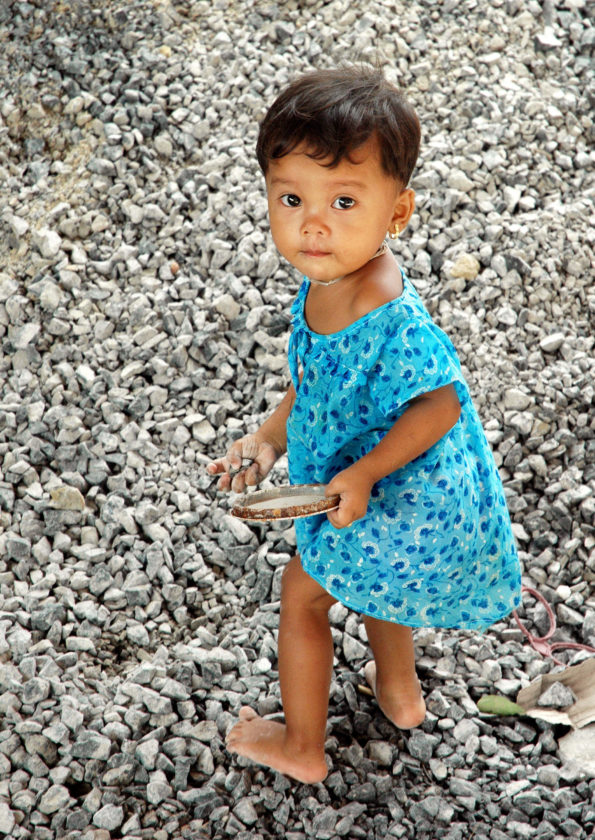
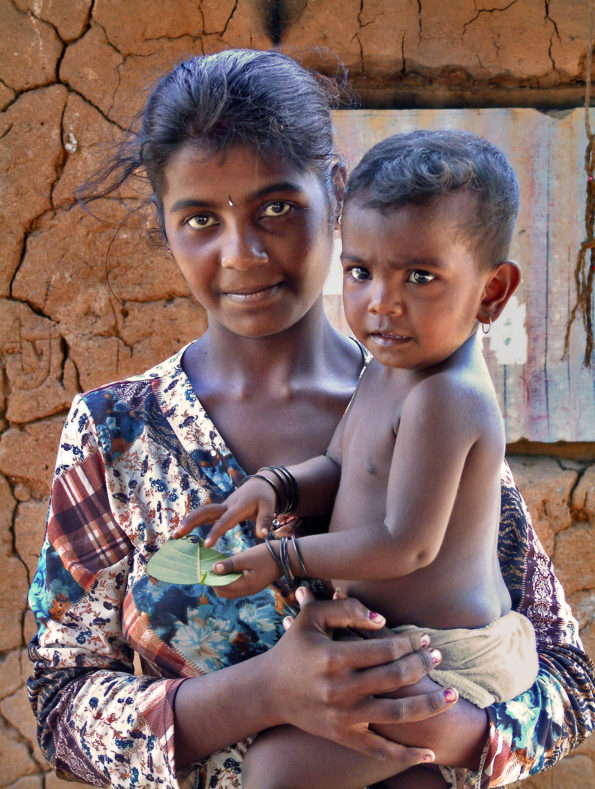

You are a photographer and traveler presently living in Singapore. Did you dream of travelling and becoming an artist when you were a child?
Growing up in the United States, I was aware at a young age of cultural and linguistic diversity because I had immigrant grandparents from Europe. We celebrated many Swedish and German traditions during the holidays and I could speak a little in those languages. So perhaps I had a greater awareness of a larger world outside of my hometown. However, I didn’t really think much of international travel until after university. My great-grandfather, Ferdinand Thomas, was a well-known landscape painter in Germany, so my initial artistic thoughts were in a similar vein. However, my real childhood dream was to play in rock band. My aunt, an actress in California, sent me my first Beatles records when I was young, and the next year I got my first electric guitar. Later on I played professionally for a number of years. I still play today and have even begun sitar lessons since moving to Singapore.
I see your artistic vein was genetic but you are more than an artist. There was a period of your life when you worked for a humanitarian association, helping people. What was it like?
My first experience in humanitarian work was on work trips to Haiti through a Methodist Church in Minneapolis. This was my introduction to the abject poverty that most of us hear about but rarely witness first hand. The people I met left quite an impression on me – a sense of hope and determination against all odds that forced me to rethink a number of things about my life. Tragically, the 2010 earthquake destroyed much of where we worked and killed a number of people we had met. The next year I took a part-time position as Media Director for an organization doing aid work in Russia. Their primary focus was to bring the Russian agricultural and dairy industries up to modern US standards. To meet and work with the Russian people was a revelation. They were also a lot of fun. At this point I decided to refocus my career, and my wife and I moved to Washington, DC where I attended graduate school and got a master’s degree in International Development. Shortly afterwards I took a position as Media Officer for the International Rescue Committee (IRC). Based in Chiang Mai, Thailand, it was there that I was introduced to the plight of the Burmese migrants and refugees living near the Thai/Burma border. This is a unique situation, in which thousands of people from Burma have lived in refugee camps since 1984. The last count was over 100,000. You have an entire generation of people who know of no life outside the camp, with limited education and training opportunities and no official means of earning an income. It’s made worse by the fact that the Thai government considers the camps to be ‘temporary shelters’ and can close them down at any time if they so choose. The IRC was helping on a number of levels, including education, health and capacity building. Their programs were quite effective and I was able to document much of the work being done there. We also did video training with a group of young people. They were able to produce a short video on preventing gender-based violence, which was one of several issues in the camp. The group was creative and a delight to work with and get to know. Looking back, words can’t describe the joy I felt in getting to know the Karenni and Karen people. They are beautiful souls who can teach us all about dealing with adversity. I’ve also done freelance work with organizations such as the American Refugee Committee. Documenting their post-tsunami work in Thailand and Sri Lanka was a crash course in disaster relief and led to some of my photography from the project being featured in NEED Magazine. Similar development work is being done around the world by aid organizations every day. Unless there is a major disaster it seldom makes the news, but it’s some of the most important work being done anywhere.
What was the worst that you have seen there? Did the stories you listened in Africa and Burma changed your seeing the world?
Some of the more difficult stories from Africa were in Liberia shortly after the Civil War, such as abductions and the mass killing of civilians. It stuck me at the time as a sad place. Despite the war having finally ended, the emotional healing to overcome the trauma was only beginning. I heard similar stories in South Sudan, with entire families killed and villages burned to the ground. During my last trip to Thailand to shoot documentary footage for Partners Relief and Development we visited several makeshift refugee camps just inside the Thai border. I met a number of Burmese families who discussed their experiences. We interviewed several men who had lost limbs due to land mines. Others talked of surviving rapes and watching family members taken away or killed. I’m still struck by a young girl of ten who had been forced to work for one month as a porter by the Myanmar Army. We met her after she had been reunited with her family. She hadn’t spoken since her return and her expression maintained a fixed look of anger and fear. What many people don’t realize is that despite all the recent positive change in Myanmar this is still going on. The army appears to have been allowed to continue terrorizing many of the ethnic groups with impunity. These include the Shan, Kachin, Karen and Rohingya. So yes, it has changed my worldview. It opened my eyes to some of the worst things happening in the name of nationalism or race. I’m more aware of the human suffering and lack of opportunity due to ones ethnicity. As a photographer, documenting stories such as these is my way of trying to get others to realize what is going on in the world. If I’m successful perhaps they will be moved to try to take action of some kind.

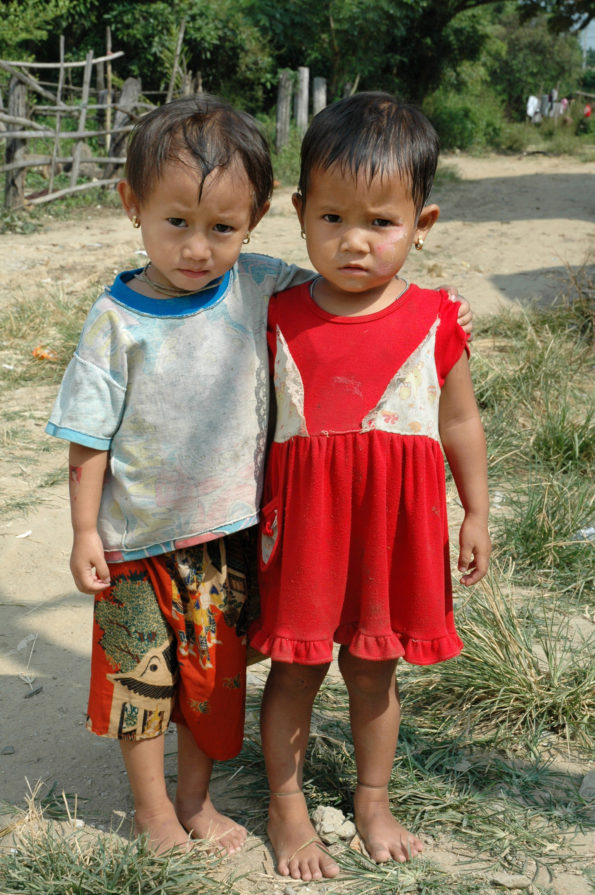
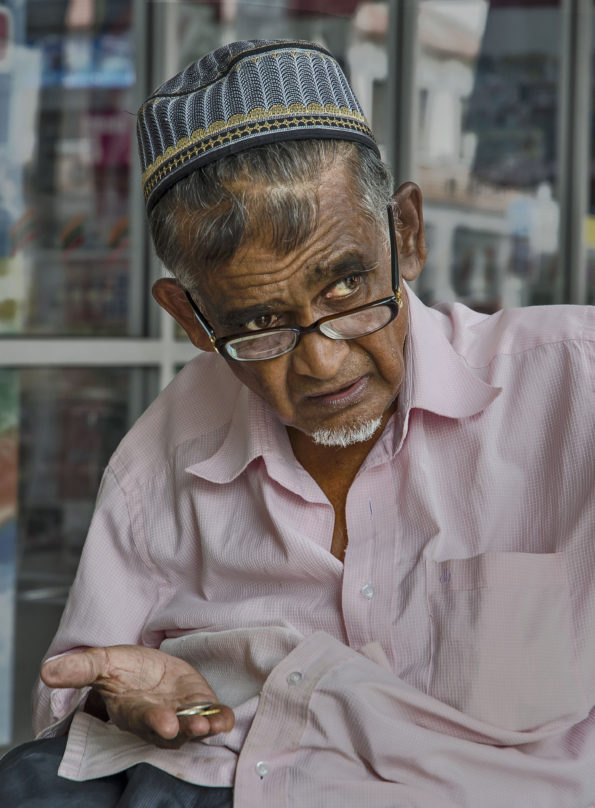
After having worked for television and as a freelance videographer in the USA, you travelled, as you said before, to Europe – Russia, Scandinavia, then to Central America. What impressed you in these countries?
One of my favorite trips in Europe occurred in the late 1990s. A colleague and I took a road trip throughout former Czechoslovakia, Poland and Eastern Germany to document the physical infrastructure of these areas. One initial insight was that the lack of so-called ‘progress’ left so much natural beauty intact. The Polish countryside was particularly striking. While in Poland we visited a family in Zakopane whose daughter was a friend of my colleague in the US. She was dying of cancer and we were to deliver her final letter to them. Keep in mind, this was pre-email days there and long distance phone calls were quite expensive. In return, I was to record the elderly couple saying their last words to their daughter. As you can imagine, it was quite emotional. Afterwards, with the camera still rolling, the husband sat behind the piano and began singing and playing the most beautiful music for his daughter. Then he grabbed his violin and played Polish folk music with tears streaming down his face. The mother was crying as well, and with tears in my eyes I could barely focus the camera. I’ll never forget them. El Salvador has had quite a violent history over the past 40 years, and two years ago I traveled there with a team of election monitors to document the Presidential election. Similar to the US, the country is deeply divided between the left-wing party, FMLN, and the right wing ARENA party. The polling stations we visited were well organized and peaceful. However, after they closed hundreds of supporters of both parties lined up at opposite ends of street to fight. It was like a scene from the film West Side Story, albeit with more serious undertones. So there was tension, to say the least. With the election results ending with less than 1% difference between the two parties, the capital San Salvador braced for riots or worse. Fortunately, this never happened. What impressed me the most was the determination of those I met to better their lives in the face of continual violence. For some it meant getting a good education, for others it meant trying to get their family to the US for a fresh start. What I did not see was resignation. I also spent time learning more about Oscar Romero and the work he did before his assassination in 1980. Visiting his tomb in San Salvador Cathedral was quite a moving experience. I’m not Catholic, but Oscar became one my new heroes.
When did you fall in love with Asian countries: Thailand, Sri Lanka and Singapore?
My first trip to Asia was to document the American Refugee Committee’s post-tsunami work in Thailand and Sri Lanka. The destruction we saw left little to initially fall in love with, and the majority of stories we heard were quite painful. Yet there was something special in seeing this part of the world for the first time. In traveling throughout the region, I’ve realized there’s something about the less developed areas in Asia that fascinates me. From a photographic standpoint they are so much more visually striking than other places I’ve worked. The people seem much more interesting and approachable, and life is lived outdoors where it can be seen. By contrast, growing up in highly developed Western society meant most people lived their lives hidden away indoors. Of course, by Asia I’m referring to countries like Thailand, Sri Lanka, Burma, Vietnam and India. Singapore, on the other hand, is an interesting mix of East and West. I like it a lot, but I don’t love it in the way I do elsewhere in Asia.
Why is Singapore so special that, in the end, you and your wife decided to establish your home there? What is the first rule to live happily in this place?
We got to a point living in Washington, DC where we realized that we really wanted to return to Asia. Our time living in Thailand had been quite special and we hoped to build upon that. When my wife’s job on Capitol Hill ended, we decided we’d leave as soon as one of us found a job in Asia. I reached out to NGOs and she applied for various positions. In the end, she was hired by an international organization in Singapore and we moved here in early 2015. So we didn’t necessarily decide upon Singapore as much as Singapore decided upon us. The country is special in a number of ways. Its central location allows us to easily travel throughout this part of the world. The cultural blend of Malay, Tamil and Chinese is quite remarkable. It’s extremely safe, clean, has great restaurants and public transportation. Everything works. Of course, there is the constant equatorial heat that takes some getting used to. What is the first rule for living happily here? Count your blessings, live within your means (it’s still the world’s most expensive city) and take advantage of its proximity to the rest of Asia as often as possible. We’re two hours from Vietnam and Bali and five hours from India. It makes short getaways quite easy.
Would you ever like to go back to your home to Minneapolis? Are you following now the presidential campaign in the USA?
I see life as a journey, one that keeps moving forward as I personally evolve. Moving back to Minneapolis, as beautiful as it is, represents a retreat for me. One of the best pieces of advice my father ever gave to me was that, “if you never go away and see the world I’ll have failed on some level as a parent.” It was sage advice and has stayed with me throughout the years. I feel fulfilled when traveling and seeing new people and places. As for the Presidential campaign, I’ve been following it as much as I can tolerate. While visiting family in February I caught the GOP debates on TV. The first night I thought it was amusing, as it seemed a parody of a true debate. By the next debate I was simply saddened. From the disappearing middle class to the increased polarization of the political system, certain conditions now exist for almost anything to happen. I am repeatedly asked wherever I travel, “What is wrong with your country these days?” It hasn’t seemed this out of sorts since the Bush years.
Where are you planning your next trip and your next photographic work? Why is photographing people and distant places is so important to you?
My next trip will most likely be to India. It absolutely fascinates me. To quote my friend Shikha, from New Delhi: “India is difficult, painful and frustrating… but, oh, so beautiful.” The colors, chaos and variety of cultures make it completely unique. As I began playing the sitar last year I’d also enjoy the chance to do some work on Hindustani music. Working as a photographer brings me great joy and I’ve had the opportunity to work in some amazing locations. I have an innate curiosity about the world and I’m fascinated by the cultural differences of places. I enjoy learning about how they live, their music, food and religion. That’s what makes it interesting. I’ve grown a lot as a photographer over the years and feel better at assessing a situation. Part of it is about developing a vision but it’s also becoming more comfortable in your own skin around others. I enjoy approaching people, something I never did when I was younger. For me, the best way to get to know a place is to simply walk around and observe it through the camera. I see the world much differently this way. I’m fully present and examining my surroundings in minute detail. It brings you fully into the here and now.
PHOTO SLIDE GALLERY: People from Sri Lanka, Bali, Singapore, India, Myanmar (Burma) and South Sudan


